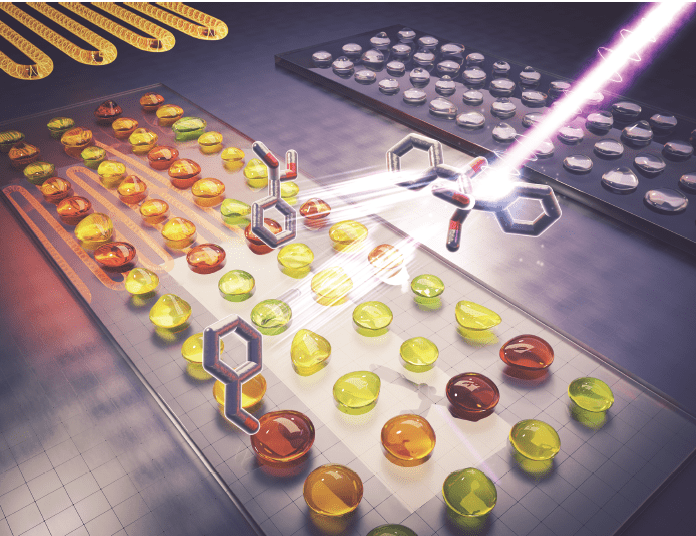Revolutionizing Cancer Detection with
The True Liquid Biopsy
Removing Barriers to Early Cancer Detection
Millions of lives are lost due to late cancer diagnoses each year.
In 2022 alone, 20 million new cancer cases and 9.7 million cancer-related deaths were reported worldwide.¹ Without intervention, cases could rise to 35 million annually by 2050.²
Early detection saves lives, but invasive procedures, delayed results, and limited access continue to stand in the way.³
PanGIA Biotech is committed to overcoming these challenges—with integrity and excellence—to redefine cancer detection.

What if early-stage cancers could be detected and distinguished—when treatment is most effective—using a non-invasive urine specimen?
A Smarter, Simpler Solution for Cancer Detection
Traditional diagnostics often rely on blood draws or biopsies.
PanGIA Biotech offers a non-invasive, AI-powered alternative that uses urine.

-
Non-Invasive & Patient-Friendly
A simple urine specimen replaces painful procedures—lowering stress and expanding access to early detection (Stages 1–2) -
Proven Accuracy
The PanGIA Prostate Assay has demonstrated high sensitivity and specificity in detecting clinically significant prostate cancer.⁴ -
AI-Powered Precision
Machine learning analyzes biomolecular profiles—delivering fast, actionable insights.⁵ -
Scientifically Validated
Our approach is backed by peer-reviewed studies confirming urine’s diagnostic value.⁶ -
Global Impact in Motion
Already in use globally, PanGIA is moving toward FDA approval to expand early detection access.
Patients and clinicians would overwhelmingly prefer a quick, non-invasive test with superior sensitivity and specificity.
Reduce Unnecessary Biopsies

Improve Diagnostic Yield
Reduce Costs

Fewer Complications and Side Effects
PanGIA combines a machine learning algorithm with proprietary unbiased binding of small molecules, proteins, and cells, followed by a signal readout and final analysis, creating a biomolecular profile of the patient.
The PanGIA Platform
True Liquid Biopsy Pipeline
PanGIA Prostate
PanGIA Breast
PanGIA Ovarian
PanGIA Lung
PanGIA Renal
PanGIA Bladder
PanGIA Colorectal
PanGIA Stomach
PanGIA Pancreas
PanGIA Liver
PanGIA Brain
& more!
Disruptive Innovation Use Case
The PanGIA Platform
PanGIA is a white space, urine based, non-invasive, machine learning driven, biomolecular profile testing platform.
Value to Patients
→ Improved predictive profile over PSA / other screening tests
→ Avoidance or warranted delay of invasive procedures
Value to Clinicians
→ Additional data points for identifying candidates for biopsies
→ Improved outcomes from missing fewer cancers and reduced side effects
Value to Payers
→ Avoidance of unnecessary biopsies
→ Avoidance of costs for side effects

References:
- World Health Organization. Global cancer burden growing amidst mounting need for services. Published February 1, 2024. Accessed December 28, 2024. https://www.who.int/news/item/01-02-2024-global-cancer-burden-growing–amidst-mounting-need-for-services
- American Cancer Society. Global cancer statistics 2024. Pressroom. Published February 1, 2024. Accessed December 28, 2024. https://pressroom.cancer.org/GlobalCancerStatistics2024
- World Health Organization. Cancer screening and early detection of cancer. Accessed December 28, 2024. https://www.who.int/europe/news-room/fact-sheets/item/cancer-screening-and-early-detection-of-cancer
- PanGIA Biotech. Internal Data. February 2023
- Lim FB, Lei T, Fernandez G, et al. A colorimetric chemical tongue detects and distinguishes between multiple analytes. Analyst. 2022;147(23):5283-5292. doi:10.1039/d2an01615j.
- Bouatra S, Aziat F, Mandal R, et al. The human urine metabolome. PLoS One. 2013;8(9):e73076. doi:10.1371/journal.pone.0073076.
